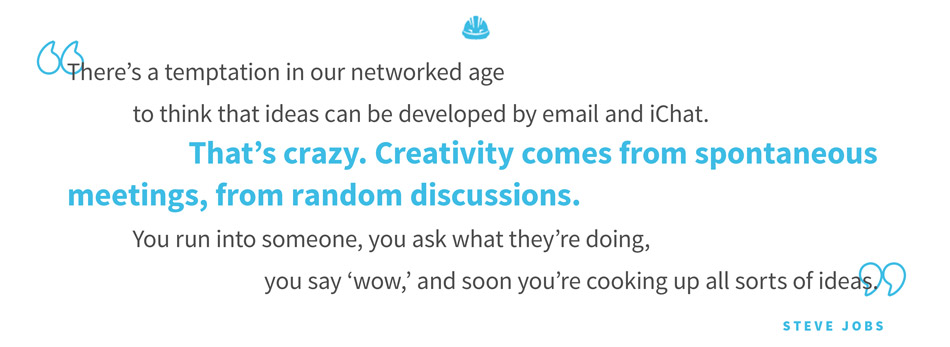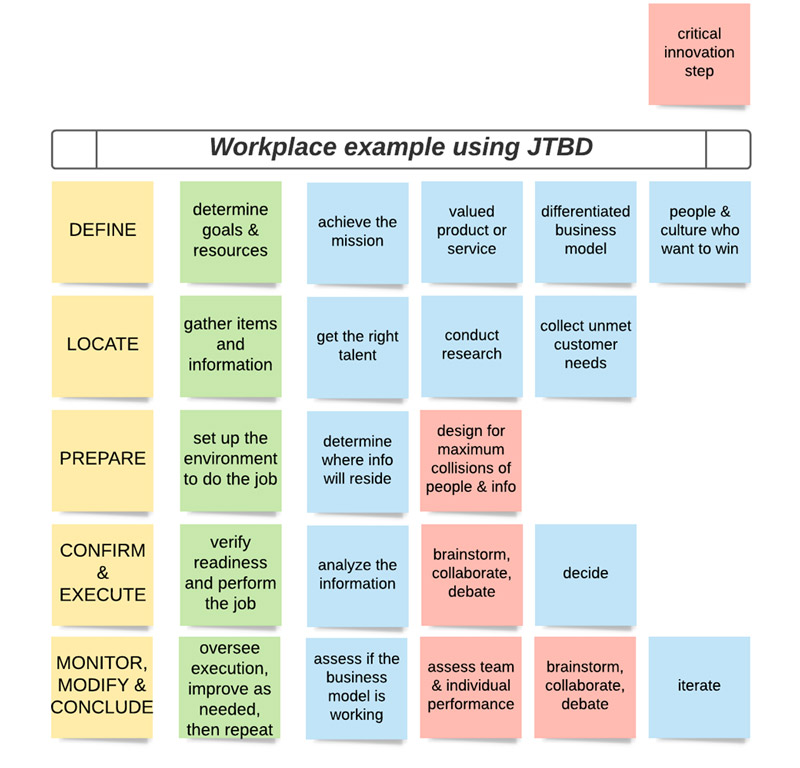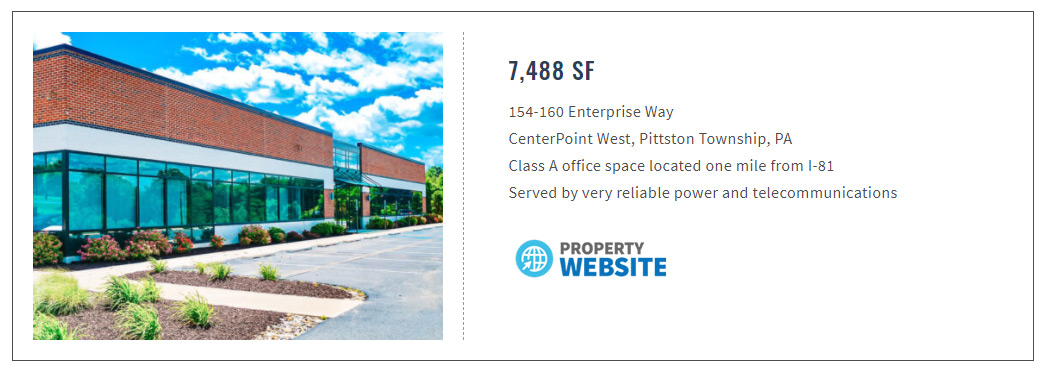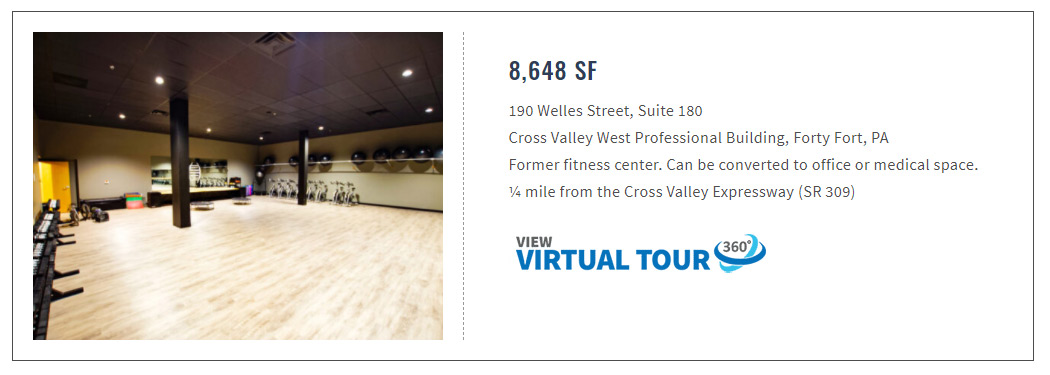“Intentional Serendipity Series” from Mericle

Many of us have accepted this simple lesson as a subtle reminder to sell the benefits of our products, and not the features. Frankly, our customers could care less about our products – they are hyper-focused on their problems and their goals.
The adage can be error-prone. Tell the inventor of Command™ strips about the need for ¼” holes and she’ll reply, “hogwash – who needs a hole!” Picture hanging is a ‘job’ that no longer requires holes, thanks to 3M.

‘Hiring’ a Milkshake?
Clayton Christensen liked to use a milkshake marketing example to explain the nuances of the “jobs-to-be-done” (JTDB) lens and approach to innovation.
Traditionally, if you asked some marketers to design a better milkshake, they will perform segmentation and demographic research and ultimately conclude that men between the ages of 18-35 tend to prefer thicker milkshakes and want more flavor options. As you might expect, this type of activity seldom leads to more revenue – because this is not what these customers want – their ultimate underlying need is contextual.
As consumers, we can all relate to the notion that we have a lot to do – and so we are always looking for ways to make those tasks either more enjoyable or more comfortable. In Clay’s classic McDonald’s example, their research uncovered two distinct opportunities to improve their milkshake sales:
- Morning commuter use case: make the milkshakes more viscous so that consumers who are buying to lessen the boredom of a long commute get more value.
- Evening kid’s treat use case: offer a smaller option that is less viscous so it can be consumed faster (and dad can finally get home after the little league post-game celebration).
In each case, the milkshake is being ‘hired’ for a different ‘job’, and the competitive product set is different in each case as well.
According to Christensen:
“A milkshake does the job better than any of the competitors. The competitors are not Burger King milkshakes, but bananas, donuts, bagels, snickers bars… and very importantly, the milkshake is competing against boredom – because it’s so inconvenient to find your way to that restaurant, and then you gotta wait in line to get it – so a lot of times they just drive to work bored out of their minds!”

So what ‘Job’ did you hire your workplace to do?
Here’s one last classical example to wrap our minds around the framework: the hassles of renting a movie pre-Netflix (circa 1997).

Looking back to early 18th century office jobs, the first spaces were hired to prevent interruptions, according to a UK government report:
“for the intellectual work, separate rooms are necessary so that a person who works with his head may not be interrupted.”
Fast forward to today, and we have plenty of separate rooms – the home of each employee! With that 2021 reality in mind, our offices – if they are truly needed – must then be re-hired for a different purpose that helps us achieve the goals of the organization.
But rather than jump to conclusions, let’s apply the JTBD framework and see what it tells us:

There are 3 different workplace products that you can hire for this job:
-
-
-
- In-person office
- Digital first office: fully remote, all employees work 100% from their home office
- Hybrid office: employees work remotely 1-4 days per week
-
-
How do we decide which product is best for the job? Following the advice of Goldratt’s Theory of Constraints, we should “find the Herbie” and design for the bottleneck – Innovation – as the on-going challenge for every business is to continuously provide greater speed, quality and cost than its competitors.
This Innovation Thing is Hard.
Examining our JTBD diagram, we’ve highlighted some of the process steps most critical to innovation in the ‘Prepare’, ‘Execute’ and ‘Modify’ phases.
Critical Step #1: Design for Maximum Collisions of People and Info
Whenever we prepare to begin any new business venture, project or initiative, our first step is assembling our team, gathering our core facts and deciding when and how we will meet to discuss and chart the appropriate course of action.
So who needs an office? We have Zoom!
Not so fast my friend. Despite the proliferation of collaboration technologies, performance depends upon how teams actually use these tools, not the technology itself.
All of this wonderful technology can become a not so welcome distraction. Ever sit on front of a blank PowerPoint slide and try to will yourself through it with the day’s 7th coffee? In these moments, some much-needed solitude can go a long way. As Carl Sloane wisely taught me “Think First, Computer Second.”
Many of us have at some point experienced how critical our environment is to our thinking processes – especially with creative work. And while maybe some can find solitude at home, others find working from home to be stressful and inefficient – especially as the lines between work and leisure have become further blurred.
At work, rooms are needed away from the computers, away from the email, away from the constraints of our favorite “productivity” program. We need space to bounce ideas off co-workers. We need space to sketch out ideas on whiteboards to enhance group communication and understanding. We need spaces so that “casual collisions” can create innovative solutions – like how 9/11 led to the birth of Google News.
If ~80% of a businesses’ overhead is allocated to salaries, and a much smaller share to real estate, we should invest that real estate square footage wisely to maximize the productivity of our workforce via collaboration spaces, solitude areas, brand reinforcement and daily inspiration.
Studying innovation clusters like Silicon Valley also points to the importance of place being a key driver of where people congregate to innovate.
Personally, I choose to listen to entrepreneurs over technology vendors when it comes to delivering true innovation – and who better to look to for guidance than Apple’s Steve Jobs.

Critical Step #2: Brainstorm, Collaborate, Debate
Perhaps what is more fundamental than our co-dependence on technology is that innovation hinges on human collaboration – and people cannot collaborate without relationships built on a foundation of trust. As Patrick Lencioni so succinctly summarized in his bestseller “Overcoming The Five Dysfunctions of a Team“, outcomes cannot be achieved without first building a culture where employees trust one another, demand debate, commit to a course of action, and hold each other accountable to confront difficult issues.
Well-run businesses obsess about building company culture and the key activities and processes that sustain it. Think about the events in your life where strong work relationships were forged – the big sales kickoff event, Thursday happy hour, annual holiday party, company softball game – in many cases, you had those experiences by design to engender a sense of belonging and loyalty to the common cause.
While some companies operate well remotely, they have had to develop specific processes to build culture and belonging in a virtual format – it doesn’t come for free.
Companies only recently transitioning to a fully remote or hybrid structure need to be cognizant of the implicit bias for in-office team members compared to remote team members when it’s time for leadership opportunities, decision-making, recognition and promotions. If you’ve gone remote but your people policies haven’t evolved – you are operating more “remote-ish“.
“Unfortunately, remote-ish teams confront even more communication and collaboration challenges than fully remote ones. Information gets siloed in offices while remote employees are left in the dark. Companies might hire around the world, but conform to HQ time in PT or EST, leaving their Australian colleagues to work around the clock to keep up. The result is an unintended hierarchy where office workers are naturally heard, recognized, and promoted –– while remote workers are left out.” – Twist Remote Work Guide
A thriving workplace culture provides additional meaning to the lives of the team – for many, it’s where we dedicate the majority of our time, build a second network of friends among our like-minded colleagues and ultimately realize our talents and potential. When the tasks go remote, the people processes must evolve to maintain the culture.
Critical Step #3: Assessing Team and Individual Performance
One of the most challenging tasks of running a company is managing people – especially when it entails difficult conversations about job performance or career development.
These critical touchpoints all require active listening, reading body language and displaying great empathy – and although these elements are possible via a virtual meeting, virtual formats make a difficult tasks even harder; perhaps more importantly, most of us haven’t been properly trained to have these conversations over Zoom.
Career planning and mentoring is another of the critical relational exchanges that happen in a business geared towards long-term outcomes. Unlike transactional exchanges, relational exchanges are characterized by attributes such as trust, commitment, and dependence.
Lauren Meagher, managing partner of Evolute Consulting and certified executive coach, explains that if you are only communicating when you need something, you’re bound to develop a transactional relationship.
“When conversations are solely confined to pre-determined, structured meeting times, a relationship can become transactional. Merely transactional relationships with your employees don’t show the care and long-term interest required to give meaningful feedback, offer career development coaching and ultimately retain talented people.”
Lauren advises that it’s easier to build long-term, collaborative relationships with your employees if you can also have non-work chats and unstructured time together.
Often when employees struggle, it’s tied back to a poor on-boarding process. So much of a company’s culture and operating norms are gained through experiential osmosis during the first 12 to 18 months – and for faster pace businesses the on-boarding period is even more hyper-focused. As one example, Goldman Sachs CEO David Solomon is very eager for the “remote work aberration” to end so that newly hired analysts can be introduced to Wall Street the proven way, from their office desk.
“I am very focused on the fact that I don’t want another class of young people arriving at Goldman Sachs in the summer remotely,” Solomon said.
Goldman Sachs is not alone in holding this view. A recent study by Engine Insights found that Remote Work success requires more than a VPN and video-conferencing technology, with three-fourths of workers feeling less connected than they did pre-Pandemic, and the rates were notably hire for younger workers despite being digital natives.
How are the Innovators Evolving?
In our next article, we highlight different choices that leading companies have made with respect to in-person vs. digital-only vs. hybrid workplaces – and how they have innovated to manage around the inherent tradeoffs of each approach. Then perhaps you will feel appropriately armed to hire the right workplace for your business!
In the meantime, I leave you with this… we know how to use technology to work from home – but we each have a lifetime’s worth of experience engaging relationally with people face-to-face, spontaneously and intentionally through planned events. It will take time for us to learn and master how those critical human processes can be executed efficiently in a digital format. In the meantime, focus the limited valuable in-person office time that you have on building your collaboration, culture and career processes.
.
.
.
Other JTBD Resources:
The Complete Guide on Jobs To Be Done in User Onboarding
Check back for our next article: How Leading Firms are Implementing a Deliberate Remote Work Strategy.



Connect with a Mericle Office Real Estate Expert
About the Author, Kevin O’Boyle:
